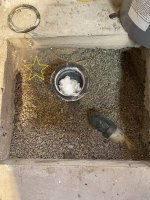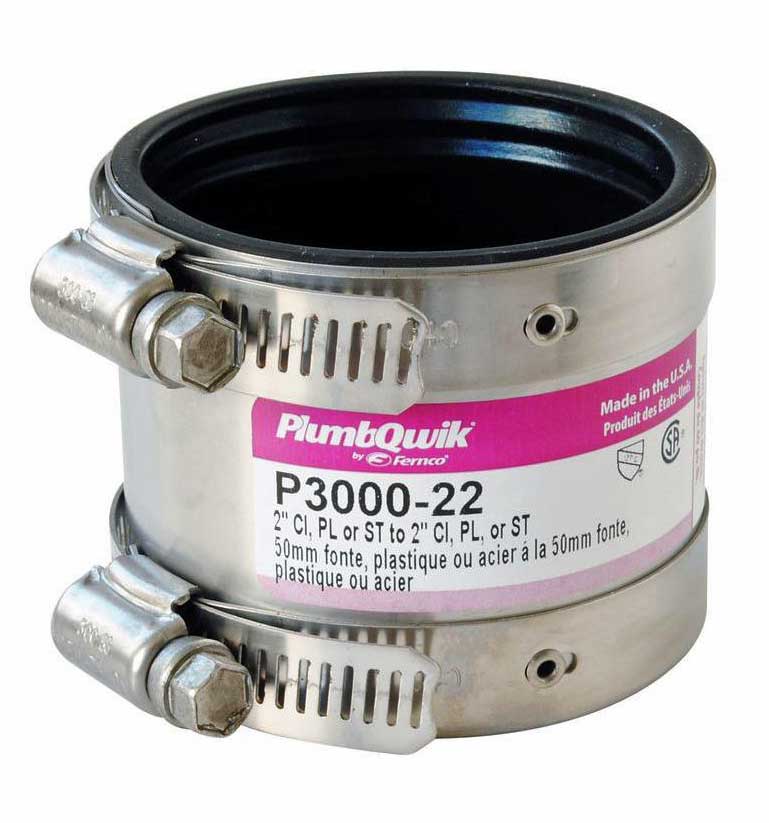orangesoda123
New Member
Hello Everyone!
Question about some plumbing work I'm about to do. I need to move the drain for a new shower install (installing in a basement, the drain is in an opening in concrete). I'm going to cut the current p-trap out to the main drain line that runs under the concrete floor and replace it with new fittings to get the drain where I need it to be.
My question is: Is there anything wrong or against code that would prevent me from using a flexible coupling from the main drain line to the new fittings/p-trap? I won't have enough exposed pipe left after removing the old stuff so I'm hoping to use a flexible coupling in case I goof something up after the fact. If I use rigid fittings and mess up, I won't have enough exposed pipe to try again without busting up concrete.
Any thoughts?
Thanks!
Question about some plumbing work I'm about to do. I need to move the drain for a new shower install (installing in a basement, the drain is in an opening in concrete). I'm going to cut the current p-trap out to the main drain line that runs under the concrete floor and replace it with new fittings to get the drain where I need it to be.
My question is: Is there anything wrong or against code that would prevent me from using a flexible coupling from the main drain line to the new fittings/p-trap? I won't have enough exposed pipe left after removing the old stuff so I'm hoping to use a flexible coupling in case I goof something up after the fact. If I use rigid fittings and mess up, I won't have enough exposed pipe to try again without busting up concrete.
Any thoughts?
Thanks!


